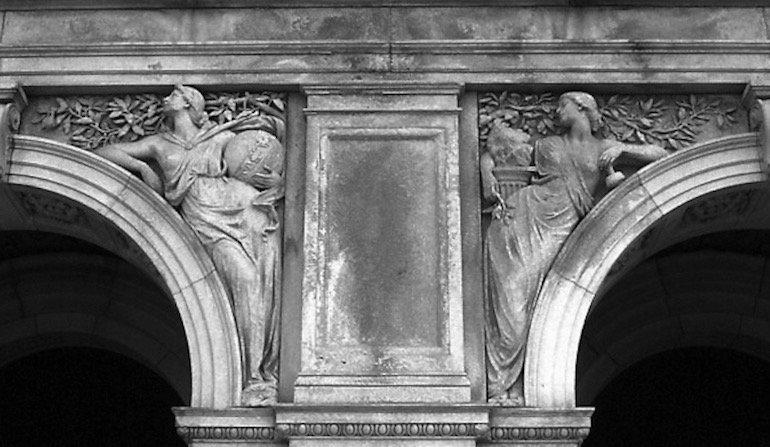 Evolution
Evolution
 Human Origins
Human Origins
Human Exceptionalism — An Evolutionary Dilemma


Prominent high school biology textbook author Kenneth Miller is worried about human evolution. He’s worried about it, specifically, as a sticking pointing for many people when it comes to accepting the whole edifice of Darwinism. I’m sure he’s right about this: in weighing a full embrace of evolutionary thinking, the origins of unique human traits (intellectual, spiritual, moral, psychological) seem far beyond the reach of unguided material processes. This is intuitive, though it can also be substantiated scientifically.
The Human Gifts
As historian Michael Flannery notes in a new ID the Future podcast, the special human gifts, what Wesley Smith calls human exceptionalism, were an issue on which Alfred Russel Wallace, co-discoverer of the theory of natural selection, broke with his contemporary Charles Darwin. Wallace doubted that the exceptional human attributes provided any immediate survival advantage, and so would not be selected, even if they were somehow to arise, by a blind natural process.
Download the podcast or listen to it here.
The Architecture of Evolution
Professor Flannery is an expert on Wallace — look here next week for a very cool announcement about where Flannery’s scholarship has taken him most recently. He talks with host Mike Keas, a fellow science historian, about Miller’s answer to the challenge of human evolution, presented in Miller’s recent book, The Human Instinct: How We Evolved to Have Reason, Consciousness, and Free Will.
Following Darwin, with an assist from Stephen Jay Gould and Richard Lewontin, Ken Miller proposes that human reason, consciousness, etc. are exaptations, or “spandrels.” That means they are in effect free gifts of the architecture of the evolutionary process. Is this compelling? Flannery doesn’t think so. Listen and find out why.
Photo: Allegorical depictions of Astronomy and Sculpture, incorporated in spandrels, Bela Pratt, Library of Congress Building, c. 1896, by Carptrash [GFDL or CC-BY-SA-3.0], from Wikimedia Commons.
